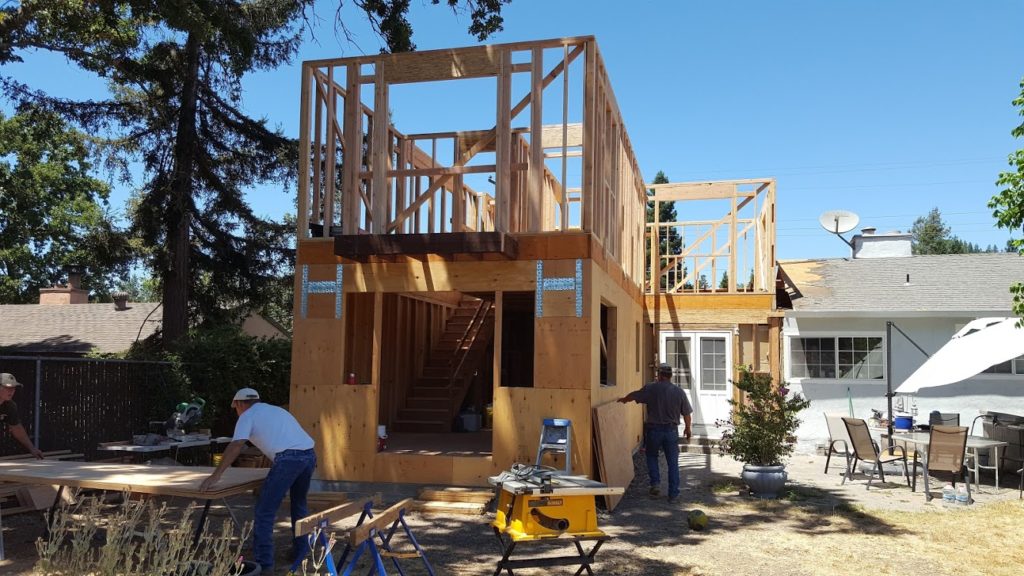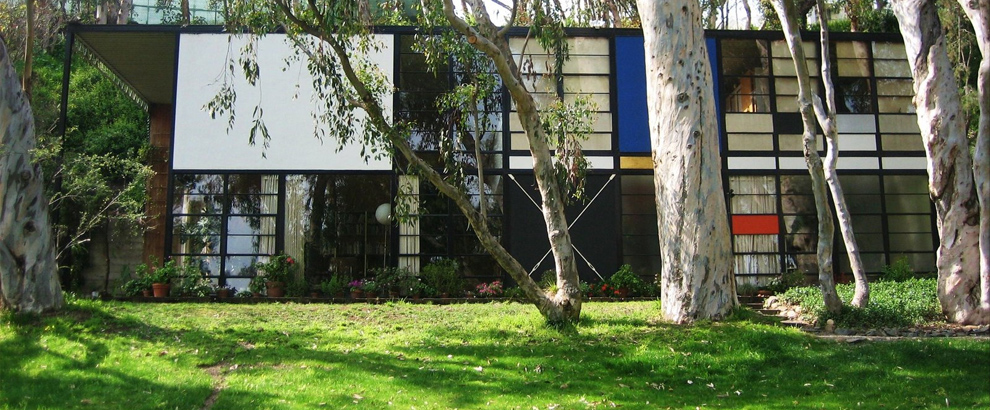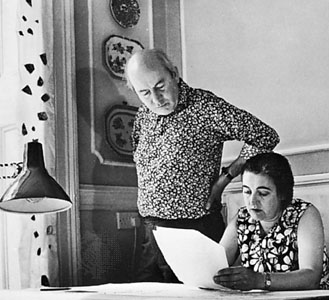October is National Architecture Month, also known in some circles as Archtober. To commemorate the month, I am going to post a brief post every day of the month.
As I explain in my book, Working With An Architect, most buildings today are assembled, they are not constructed. The difference being that, for most of us with normal construction budgets, we buy pre-manufactured pieces, which are then assembled by the contractor, into a building. It is like an erector set, rather than an actual act of construction, where all the pieces are made by craftsman for our building.

The architects who really understood this were Charles and Ray Eames. Their house was designed to use “off the shelf” materials, With the exception of the foundations, the house was made of materials that were mass produced and shipped to the site. Interestingly, after they designed the house and ordered the materials, they changed their mind about the location and configuration of the house. So they redesigned it using the same parts they had ordered, and the resulting house has become an icon of Modern architecture.

And while the Eames house is the best example of this kind of design thinking, most of our buildings are just less well thought out and less efficient versions of the same concept: buy it and assemble it.
We buy the lumber, sheet rock, plywood, siding, shingles, floor tiles, electrical switches, cabinets, windows, doors, door frames, plumbing fixtures. It all gets delivered to the site and installed. While there is some cutting to fit for the lumber, plywood, and sheet rock, it’s not that far off from what the Eames’s did in 1949
Frankly, the Eames House is so much better than most of the houses built today in terms of not just the design, but the economy of material use, and the speed of construction.

If we were to recognize the reality of how we actually build in the 21st century, assembly of pre-manufactured parts, we might be able to think through the use of materials better, and create more economical and environmentally sound buildings.





